170 years ago today, the New York State legislature voted to set aside or purchase 770 acres in the middle of Manhattan Island for a city park. Central Park is now the most visited urban park in the U.S., with 42 million visitors annually by 2016—and more films shot on location here than any place in the world. TAKE a video tour and learn more… (1853)

Landscape architects Frederick Law Olmsted and Calvert Vaux won a design competition in 1857, with a plan that included 36 beautiful bridges designed by Vaux himself. Owned by the New York City Department of Parks and Recreation, its size and cultural position earned it a National Historic Landmark designation, and made it a model for the world’s urban parks.
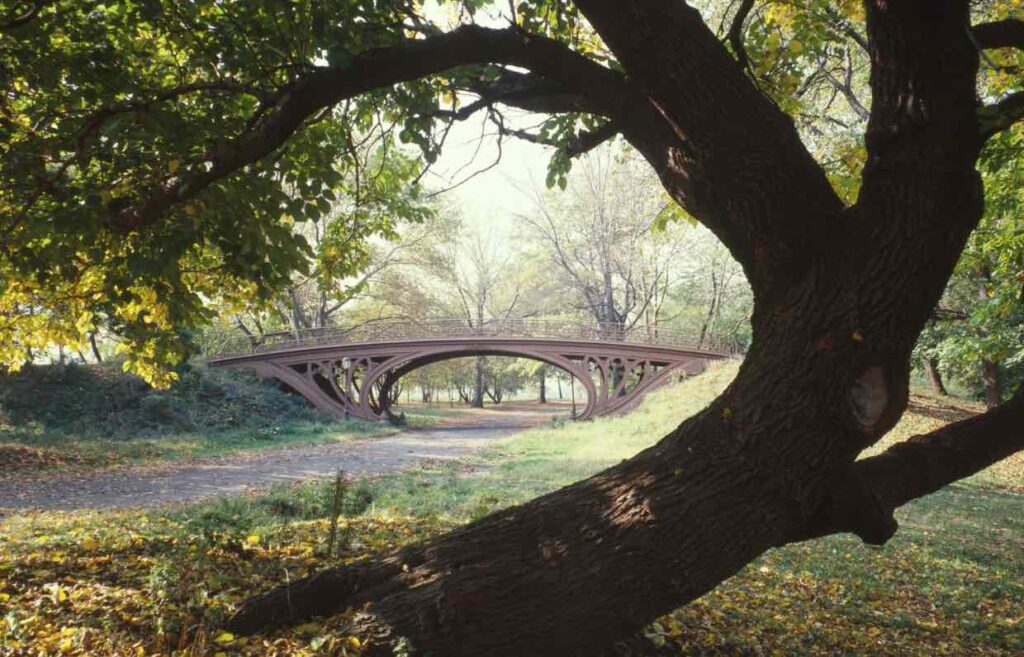
An oasis of carefully landscaped nature in the heart of a concrete city, its main attractions today include Hallett Nature Sanctuary, the Jacqueline Kennedy Onassis Reservoir, and Sheep Meadow; amusement attractions such as Wollman Rink, Central Park Carousel, and the Central Park Zoo; formal spaces such as the Central Park Mall and Bethesda Terrace and fountain; and the Delacorte Theater.
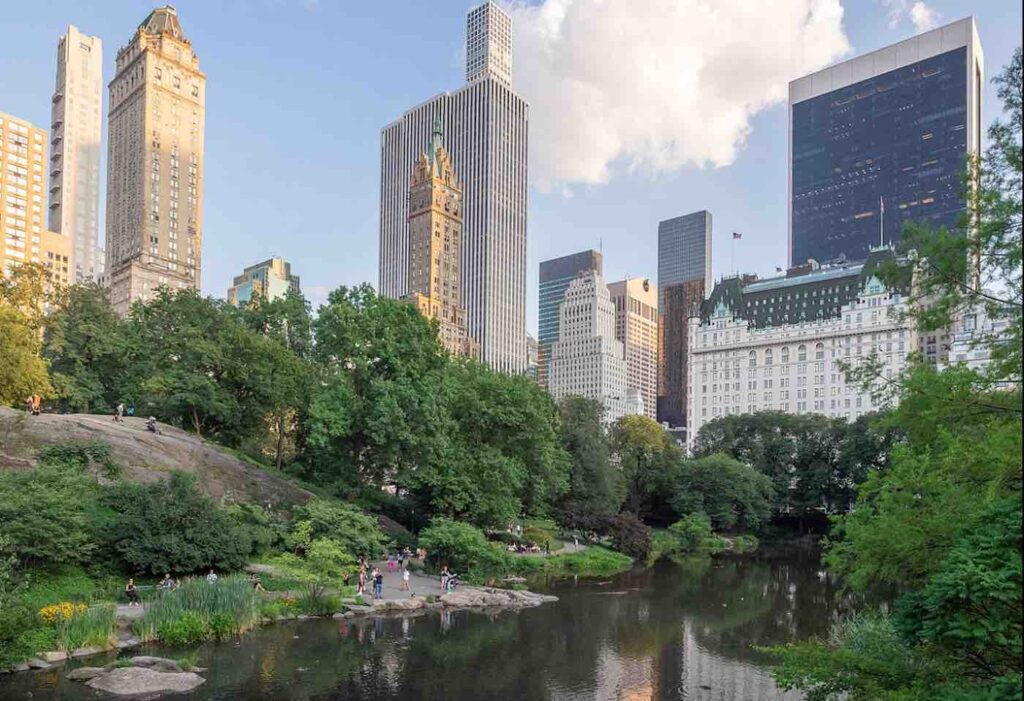
The biologically diverse ecosystem has several hundred species of flora and fauna that thrive amidst recreational opportunities like carriage-horse and bicycle tours, free concerts, and events such as Shakespeare in the Park, which brought world-famous actors to perform—with free admission.
MORE Good News on this Day:
- Belgium became independent with the crowning of Leopold I as King (1831)
- The actor and comedian Robin Williams was born (1951—2014)
- At a Geneva summit, US President Dwight Eisenhower presented his ‘Open Skies for Peace’ proposal under which the US and the Soviet Union would trade maps detailing locations of each other’s military facilities and offer mutual aerial observation—it led to a program of unarmed aerial surveillance flights to help build trust (1955)
- The fully restored USS Constitution (“Old Ironsides”) celebrated her 200th birthday by setting sail for the first time in 116 years (1997)
- Harry Potter and the Deathly Hallows, the final volume of the wildly successful wizarding saga by British single mom J.K. Rowling, went on sale, shattering publishing records broken by every previous books in the series (2007)
- Research was published that showed how scientists from Temple University were able to permanently delete the HIV virus from human DNA—snipping out the gene, and allowing the cell’s repair machinery to take over, soldering the genome back together—resulting in virus-free cells (2014)
Happy 75th Birthday to British singer-songwriter Cat Stevens. Two of his solo albums reached triple platinum in the U.S., with iconic hits that included Father and Son, Wild World, Peace Train, Moonshadow, and Morning Has Broken. He also wrote The First Cut Is the Deepest, and credits West Side Story with giving him a new musical perspective. He changed his name to Yusuf Islam in 1977 and dedicated his life to religious education and philanthropy, but in 2006 revived his music career with his first pop album in 28 years, An Other Cup—followed by several others.
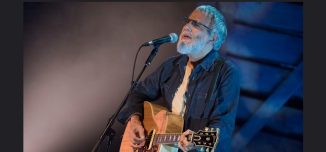
Born Steven Georgiou to a Greek Cypriot father and a Swedish mother in London, he taught himself piano on the family’s baby grand and asked for a guitar at age 15, inspired by The Beatles and Bob Dylan. His artwork is also featured on several of his album covers.
His spiritual evolution was a gradual one: In 1976, Stevens nearly drowned off the California coast. He said he shouted, “God, If you save me I will work for you,” and a wave appeared to carry him back to shore. The brush with death intensified his life-long quest for spiritual truths. He had been interested in “Buddhism, Zen, I Ching, numerology, tarot cards, and astrology”, but then, six months after his brush with death, his brother, who was a convert to Judaism, brought him a copy of the Qur’an as a birthday gift from a trip to Jerusalem and Stevens was quickly taken with its content, and he began his transition to Islam. He had already been intrigued by the sound of the Islamic ritual call to prayer, which was explained to him as “music for God”. Following the terrorist attacks on 9/11, he said, “It must be stated that no right-thinking follower of Islam could possibly condone such an action. The Qur’an equates the murder of one innocent person with the murder of the whole of humanity.”
Yusuf later founded the Small Kindness charity, which initially assisted famine victims in Africa and now supports, through donated musical royalties, thousands of orphans and families in the Balkans, Indonesia, and Iraq. (1948)
36 years ago today, Guns N’ Roses released their debut album, Appetite for Destruction. With the singles Welcome to the Jungle, Paradise City, and Sweet Child o’ Mine, the album peaked at number one on the US Billboard 200 and became the seventh best-selling album of all time in the United States, as well as the best-selling debut album. With over 30 million copies sold worldwide, it is also one of the best-selling albums of all time. (1987)
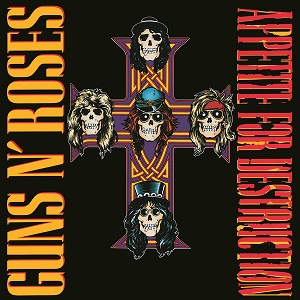
Coming at the tail end of the LA glam-rock era, the album’s return to a heavier-set rock sound was probably far more appreciated than anyone could have anticipated, with Gibson’s online features writer at the time stating it “injected a much-needed dose of ’70s-style rebellion into the frothy pop metal of the ’80s”.
Recording the album wasn’t a straightforward process, but more a stop-start affair, with major discrepancies between the amount of work each member was putting in. Steven Adler’s drum tracks were finished in six hours, whereas Axel Rose insisted on recording his vocal lines one at a time which took weeks to finish. Mixer Mike Clink was working 18-hour days for a month.
Several producers were brought in and sent away before the album was finished, including Paul Stanley of KISS, but it was Spencer Proffer who produced the majority of the songs. A serious slow burner, it took a year, guitarist Slash would later recall, to even get on the charts. (1987)
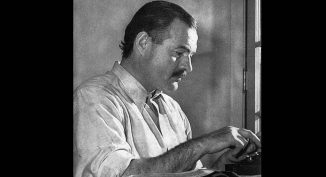
And on this day in 1899, the novelist and journalist Ernest Hemingway was born in Oak Park, Illinois. His elegant, yet lean style of writing—which he termed the iceberg theory—was a major influence on 20th-century writers and won him the Nobel Prize for Literature in 1954. He published seven novels, including The Sun Also Rises and To Have and Have Not, along with six short-story collections, and two non-fiction works. He served as an ambulance driver in World War I and his wartime experiences there, and as a war correspondent in WWII, formed the basis for his novels A Farewell to Arms (in 1929), and For Whom the Bell Tolls (his 1940 novel about the Spanish Civil War).
Hemingway’s bold and adventurous lifestyle made him a popular celebrity and took him to far-flung places, like Key West, Wyoming, Paris, Spain, on safari in Africa, and to Cuba, where he lived (and drank heavily) among the local fishermen and wrote The Old Man and the Sea, which was awarded the Pulitzer Prize for Fiction in 1953.
At age 29, he received word that his father had killed himself and was devastated—having recently written to his father telling him not to worry about financial difficulties, a letter that arrived minutes after the suicide. He commented to his wife, “I’ll probably go the same way.” And, at age 61 after undergoing electroshock treatments for his depression and paranoia, he took his own life in Ketchum, Idaho, and was buried there by his family.
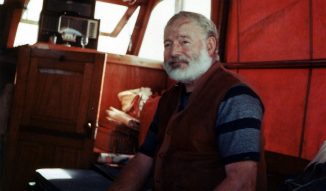
Hemingway’s behavior during his final years had been similar to that of his father before he killed himself. Medical records later confirmed that Hemingway had been diagnosed with hemochromatosis, a genetic disease whereby the inability to metabolize iron culminates in mental and physical deterioration. Both his sister and his brother also killed themselves, as well as his granddaughter, Margaux Hemingway. WATCH a short bio and learn about his tragic death below—and learn what ‘Papa’ Hemingway thought about the craft of writing in a compilation called, Ernest Hemingway On Writing.
33 years ago today, Roger Waters performed The Wall in Berlin for 350,000 fans to commemorate the fall of the Berlin Wall eight months earlier.
Staged on a vacant lot between Potsdamer Platz and the Brandenburg Gate, the event was broadcast live throughout the world, and featured performances by Van Morrison, Rick Danko, Levon Helm, Bryan Adams, Joni Mitchell, The Scorpions, Cyndi Lauper, and Sinead O’Connor. Right before the performance started, the gates were opened which enabled another 100,000 people to watch.
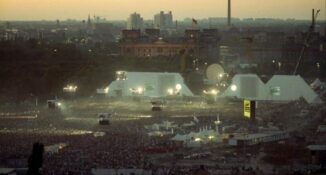
The massive stage featured a wall 550 ft long by 82 ft high (170 m x 25 m), partially built before the concert and the rest erected progressively during the night. The show included live acting by Thomas Dolby, portraying the teacher, Tim Curry as the prosecutor, and Albert Finney as the Judge. The wall was then destroyed while video of the actual Berlin Wall was projected on the cardboard bricks used on stage—as the audience chanted ‘Tear down the wall!’
The original LP of The Wall hit No.1 and is still the third-largest-grossing album in the US. The performance was recorded and filmed, released as The Wall–Live in Berlin. WATCH an exciting 4-min clip… (1990)
SHARE the Milestones, Memories, and Music…




















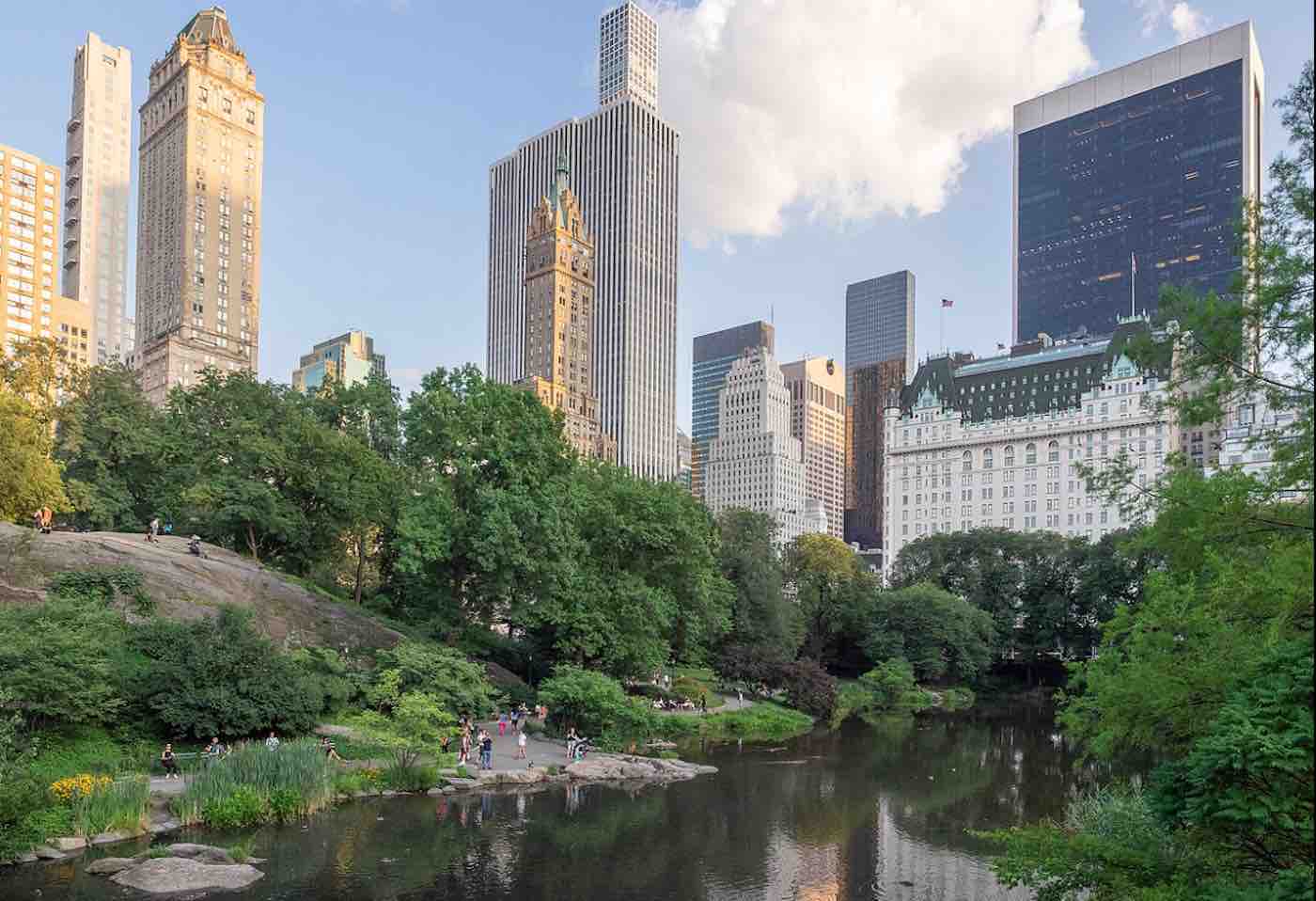
[…] By Good News Network […]
[…] By Good News Network […]